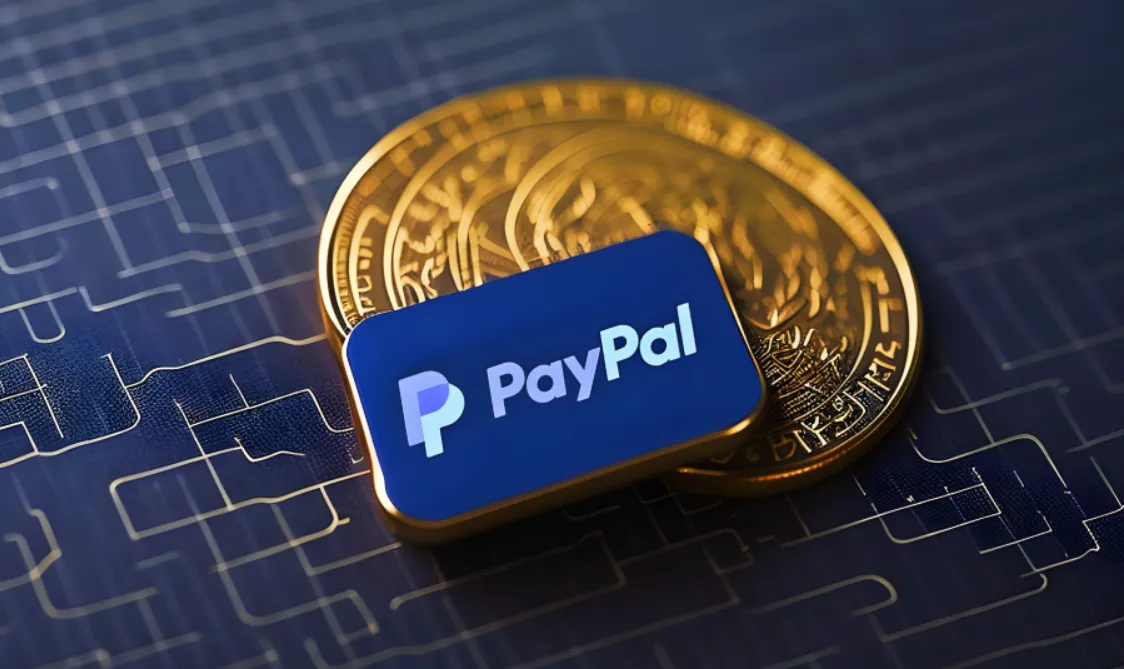Paypal started it's crypto journey by opposing the decentralized coins, that includes bitcoin and the ethereum. Then after falling into the pressure they decided to accept the crypto as a part of the new market. Then they got even more pressure which made them create their own stablecoin - PYUSD.
But things don't end up there. They have to market and promote the new coin and have to reach more places before they can continue development of the PYUSD for the consumers. So now they are trying to get themselves listed in many nations and their centralized exchanges.
This means that when they approach the centralized exchange they have to also comply with the nation under which the exchange comes under for the regulations and the compliance. And the new stablecoin rules in every country also happens to apply to them.
Recently Bank of England decided to create it's own regulatory regime which applies to all CBDC and the stablecoins. Paypal happened to get the license to work in the firms and the exchanges in the england too.
Let's talk about how this new regulatory regime works.

Image Credit: Linkedin
FCA Approval of PYUSD
England has this standard body that does the governance of the financial compliance. And they have managed to get the variety of the altcoins and the crypto under the regulatory rules. Which means every stablecoin that comes to england would have to abide by the rules drawn by the - Financial Conduct Authority (FCA).
Paypal is applying in US, UK and even in the Europe for the license to work with the stablecoin in their exchanges of the nation. This approval would keep the PYUSD next to the tether and the USDC. Which is something you can consider as a competition. In time and again things would slowly get more intense as the govt comes with the CBDC.
Current Limitations on PYUSD
Paypal has released the stablecoin but not a lot of takers are there. In fact many exchanges don't even encourage the same as much like other options USDC, USDT and the FDUSD. For example, binance strictly prefers the USDT and the FDUSD. And PYUSD is not evne much talked about.
Currently UK customers don't even have means to cash it out for the fiat. And with the regulation and the compliance of the PYUSD would mean at the most the customers can hold the token and they cant do much apart from that, unless they plan on trading outside exchanges if that is allowed.
Stablecoins and Prudential Regulation Authority
England and the banks union in it has decided that there should be strong compliance is for the stablecoins and till the point of the CBDC arrival from the bank of england. There are regulatory authorities that are keeping the money laundering under check so they are keeping an eye on the crypto too.
So the prudential regulation has made a letter to the bank of england on this topic as well. And they wish to bring the FCA compliance to the crypto and the stablecoins which would make sure that the wrong set of the companies, CBDCs don't end up manipulating the nations in the long term.
PYUSD has to make sure to allow the consumers of the Bank of England with the local and approved exchangers support. This won't be easier to maintain as the compliances add up but it can be done.
PYUSD is finding it harder to keep its feet into the market due to massive level of the compliance and the regulations. Though everything so far has worked out for them which means we can see this approval from the FCA in England is going to make it easier for them to work with the local exchanges and the consumers.